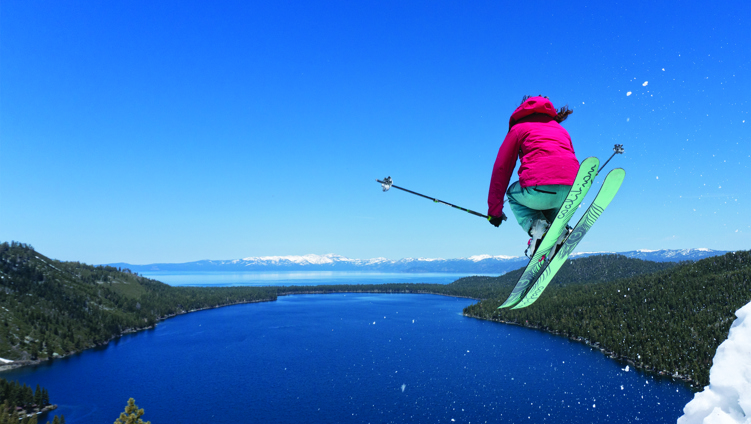Published on 14th June 2021
Mark anticipates the row to take around five months, and is aiming to raise £50,000 for charity. Amanda Thibaut spoke to him as he prepares to depart.
Mark anticipates the row to take around five months, and is aiming to raise £50,000 for charity. Amanda Thibaut spoke to him as he prepares to depart.

